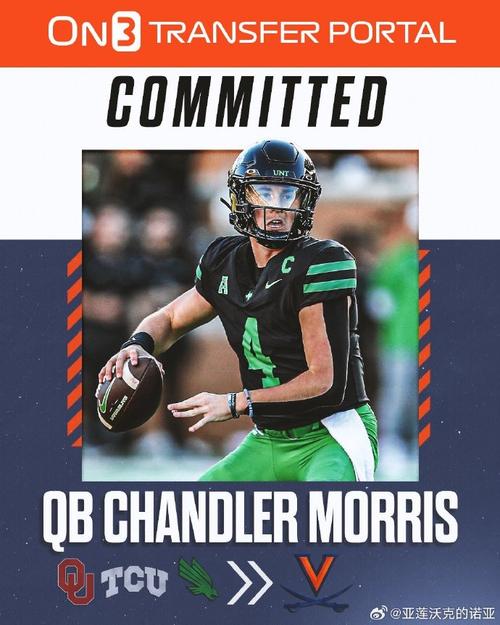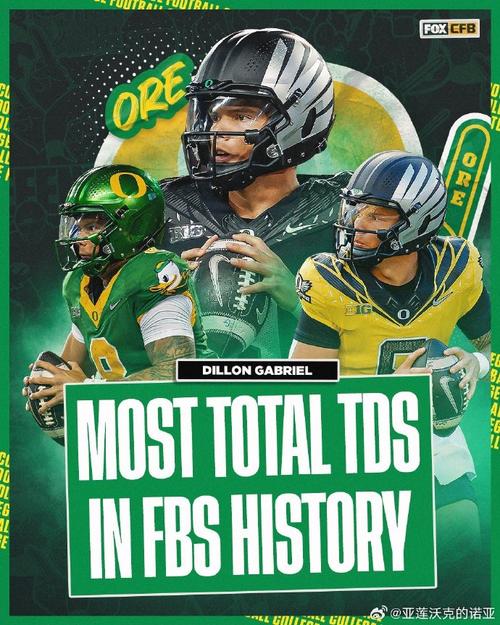
Understanding the Financial Aspect
Have you ever wondered how schools make money off NCAA video games? The relationship between colleges and video games is a complex one, involving various financial aspects that are often not widely discussed. Let’s delve into this topic and explore the different ways schools benefit from these video games.
The Licensing Agreement
The first and most straightforward way schools make money from NCAA video games is through licensing agreements. These agreements allow game developers to use the names, logos, and other intellectual property of colleges and universities in their games. In return, the schools receive a percentage of the revenue generated from the sales of these games.

| Year | Revenue from NCAA Video Games | Licensing Fees Received by Schools |
|---|---|---|
| 2019 | $200 million | $20 million |
| 2020 | $180 million | $18 million |
| 2021 | $190 million | $19 million |
Merchandising and Advertising
In addition to licensing fees, schools also benefit from merchandising and advertising opportunities. Video games often feature college teams, players, and mascots, which can lead to increased sales of official merchandise. Schools can also partner with advertisers to promote their brands within the games, further boosting their revenue.
Extracurricular Activities and Sponsorships
Many colleges and universities have their own gaming clubs and teams that participate in various gaming competitions. These activities can generate revenue through sponsorships, donations, and ticket sales. Moreover, schools can also offer gaming scholarships to attract talented gamers, which can help improve their reputation and attract more students.
Research and Development
Some schools invest in research and development to create their own video games. These games can be based on the school’s mascot, sports teams, or even academic programs. By developing their own games, schools can retain a larger share of the revenue generated, as they would not have to pay licensing fees to third-party developers.
Donations and Fundraising
Video games can also be used as a tool for fundraising. Schools can organize gaming events, tournaments, and charity drives, where participants can donate money to support various causes. These events can generate significant funds for scholarships, facilities, and other initiatives.

Recruitment and Branding
Finally, NCAA video games can serve as a powerful tool for recruitment and branding. By showcasing their sports teams, mascots, and academic programs, schools can attract potential students and donors. The popularity of these games can also help build a strong brand identity for the institution.
Conclusion
In conclusion, schools make money off NCAA video games through various means, including licensing fees, merchandising, sponsorships, extracurricular activities, research and development, donations, and recruitment. These financial benefits can help schools fund various initiatives, improve their facilities, and enhance their reputation. As the popularity of NCAA video games continues to grow, it’s likely that schools will find even more innovative ways to capitalize on this opportunity.





